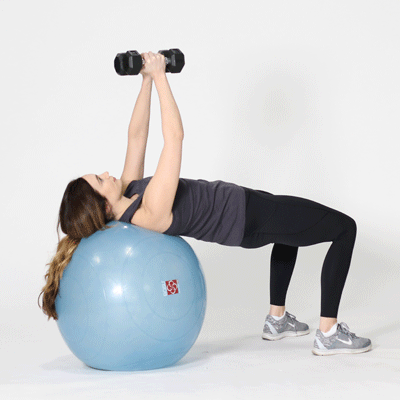The following definitions are informational and Represent characteristics of open-chain exercises and closed-chain exercises. they are presented for understanding and for the discussion of open-chain exercises and closed-chain exercises described throughout this Blog.it is also referred to as kinetic exercise. Kinetic Exercise Refers to body kinetic which is Representing the Kinematic changes occurring in rhythm in the body.

Open-Chain Exercises
Open-chain exercises involve motions in which the distal segment (hand or foot/the joint far from the joint where the movement is occurring) is free to move in space, without necessarily causing simultaneous motions at adjacent joints. Limb movement only occurs distal to the moving joint, and muscle activation occurs in the muscles that cross the moving joint.
For example, during knee flexion in an open-chain exercise., the action of the hamstrings is independent of recruitment of other hip or ankle musculature in kinetic chain physical therapy.
Open-chain exercises also are typically performed in nonweight-bearing positions. Besides, during resistance training, the exercise load (resistance) is applied to the moving distal segment.
Closed-Chain Exercises
Closed-chain exercises include motions in which the body moves on a distal segment that is fixed or stabilized on a support surface. Movement at one joint causes simultaneous motions at distal as well as proximal joints in a relatively predictable manner.

For example, when performing a bilateral short-arc squatting motion (mini-squat) and then returning to an erect position, as the knees flex and extend, the hips and ankles move in predictable patterns.
Closed-chain exercises typically are performed in weight-bearing positions. Examples in the upper extremities include balance activities in quadruped, press-ups from a chair, wall push-offs, or prone push-ups; examples in the lower extremities include lunges, squats, step-up or step-down exercises, or heel rises to name a few.
Comparison of Characteristics of Open-Chain and Closed-Chain Exercises
Open-Chain
Exercises
|
Closed-Chain
Exercises
|
In OCE, the Distal segment moves in space.
|
In CCE, the Distal segment remains in
contact with or stationary (fixed in place) on a supportive surface.
|
OCE Shows no predictable joint motion
in adjacent joints.
|
CCE Shows relatively predictable
movement patterns in adjacent joints.
|
Independent joint movement;
|
Interdependent joint movements are
seen.
|
Muscle activation occurs Majorly in
the prime mover and is isolated to muscles of the moving joint.
|
Muscle activation was seen in multiple muscle groups, both distal and proximal to the moving joint.
|
In OCE, the Movement of body segments only distal to the moving joint.
|
In CCE, Movement of body segments can occur in both distal and/or proximal to the moving joint.
|
Resistance is applied to the moving distal segment.
|
Resistance is applied simultaneously to multiple moving Joints and Muscles.
|
Typically performed in no weight-bearing
positions.
|
Typically but not always performed in the weight-bearing positions.
|
Use of external rotary loading.
|
Use of axial loading.
|
External stabilization is needed (manually
or with equipment).
|
Internal stabilization occurs by means
of muscle action, joint compression and congruency, and postural control.
|


Comments
Post a Comment